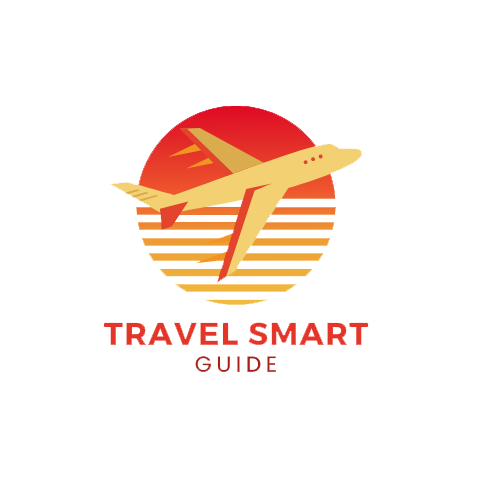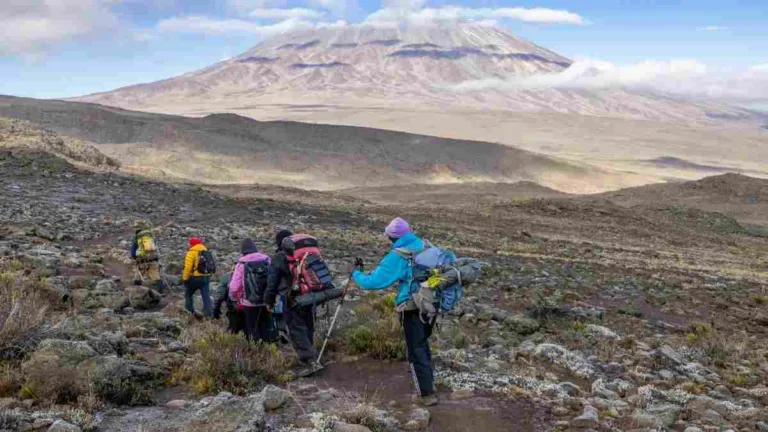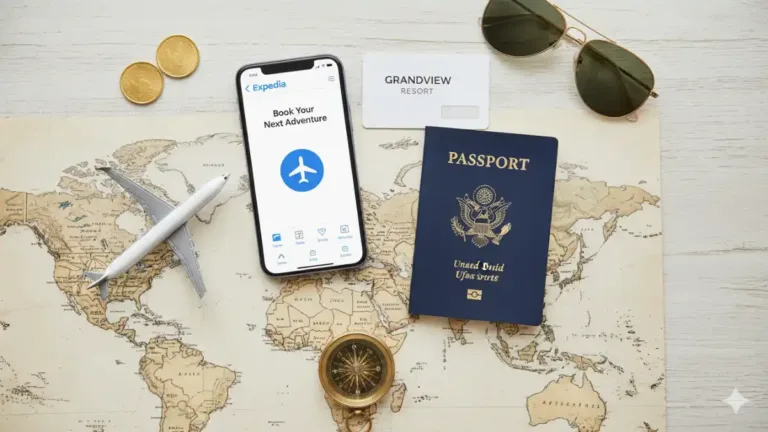Dreaming of standing on the “Roof of Africa?” Mount Kilimanjaro, with its majestic snow-capped peak and breathtaking landscapes, beckons adventurers from around the globe. Embarking on a climbing Kilimanjaro unforgettable adventure is more than just a trek; it’s a transformative experience that will test your limits and reward you with unparalleled views and a profound sense of accomplishment.
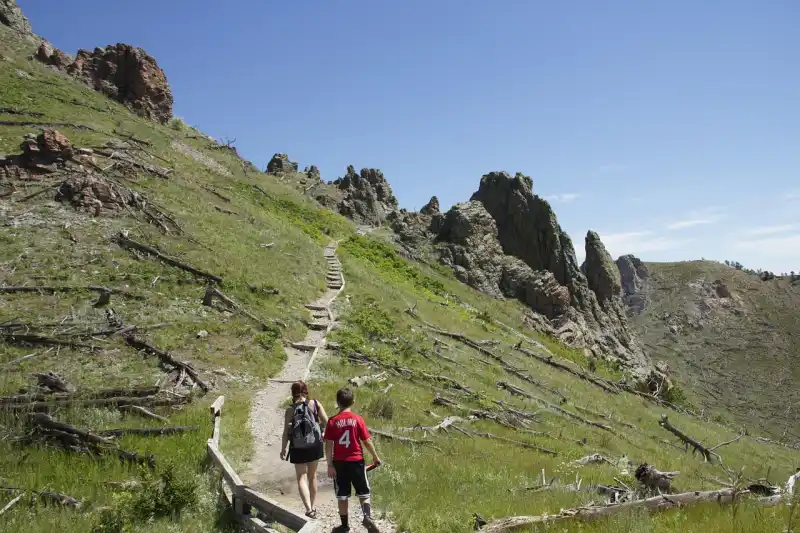
This comprehensive guide is your one-stop resource for planning your epic Kilimanjaro journey. From choosing the best route to climb Kilimanjaro to securing permits, selecting reputable tour operators, and packing the right gear, we’ll cover everything you need to know to make your climb a resounding success. Get ready to immerse yourself in the magic of Kilimanjaro!
Climbing Kilimanjaro is more than just ticking off a bucket-list item; it’s an experience that resonates deep within. The allure lies in the challenge, the stunning natural beauty, and the sheer sense of accomplishment that comes with reaching the summit.
- The Sense of Achievement: Standing on Uhuru Peak, the highest point in Africa, is an unparalleled feeling. It’s a testament to your determination, perseverance, and physical and mental strength.
- Breathtaking Scenery: The Mount Kilimanjaro climb takes you through five distinct climate zones, each with its own unique flora and fauna. From lush rainforests to alpine deserts and glacial landscapes, the scenery is constantly changing and awe-inspiring.
- Personal Growth: The challenges of the climb force you to confront your limitations, push your boundaries, and discover inner resilience. It’s a journey of self-discovery that will stay with you long after you descend the mountain.
- Cultural Immersion: Interacting with the local guides and porters provides a glimpse into the rich culture of Tanzania. You’ll learn about their traditions, customs, and way of life.
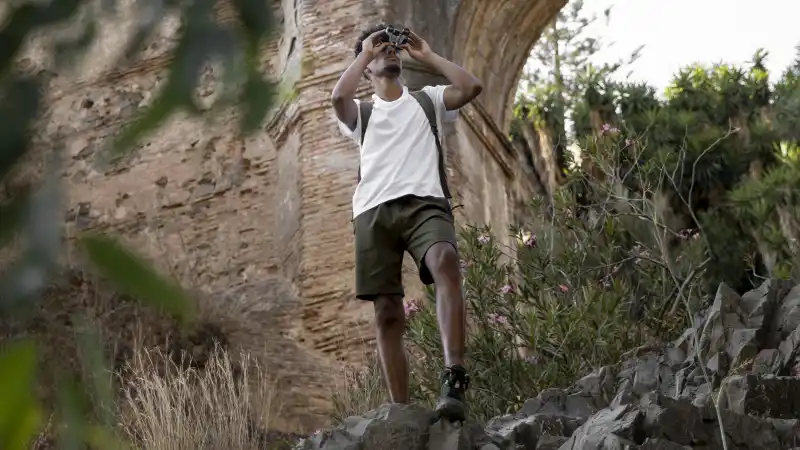
Selecting the right route is crucial for your success and enjoyment. Each route offers a different experience in terms of scenery, difficulty, acclimatization profile, and popularity.
- Marangu Route (Coca-Cola Route): The only route with hut accommodation, making it relatively comfortable. It’s also the shortest route, typically taking 5-6 days. However, its steep ascent profile and lower acclimatization rate result in a lower summit success rate. https://www.kilimanjaro.com/routes/marangu
- Machame Route (Whiskey Route): One of the most popular routes, known for its scenic beauty and varied terrain. It offers a good balance of challenge and acclimatization, typically taking 6-7 days. https://www.kilimanjaro.com/routes/machame
- Lemosho Route: Considered one of the most beautiful routes, offering stunning panoramic views and excellent acclimatization. It’s a longer route, typically taking 7-8 days, and is less crowded than the Marangu or Machame routes.
- Rongai Route: The only route that approaches Kilimanjaro from the north. It’s a quieter route with a gradual ascent profile, making it a good option for those seeking a less challenging climb. It typically takes 6-7 days.
- Northern Circuit Route: The longest and most remote route, offering exceptional scenery and excellent acclimatization. It circles the entire mountain, providing a truly unique and immersive experience. It typically takes 9-10 days.
- Umbwe Route: The shortest and most challenging route, known for its steep ascent and technical terrain. It’s only recommended for experienced climbers in excellent physical condition.
Here’s a table summarizing the key differences:
| Route | Duration | Difficulty | Scenery | Acclimatization | Popularity | Accommodation |
| Marangu | 5-6 days | Moderate | Good | Poor | High | Huts |
| Machame | 6-7 days | Challenging | Excellent | Good | High | Tents |
| Lemosho | 7-8 days | Moderate | Excellent | Excellent | Moderate | Tents |
| Rongai | 6-7 days | Moderate | Good | Good | Moderate | Tents |
| Northern Circuit | 9-10 days | Moderate | Exceptional | Excellent | Low | Tents |
| Umbwe | 6-7 days | Very Hard | Good | Poor | Low | Tents |
Planning is crucial for a smooth and successful climb. Here’s what you need to consider:
- Permits: A climbing permit is required for all Kilimanjaro climbs. These are obtained through the Tanzania National Parks Authority (TANAPA) and are typically arranged by your tour operator.
- Visas: Most nationalities require a visa to enter Tanzania. You can obtain a visa online or upon arrival at Kilimanjaro International Airport (JRO).
- Booking: Book your climb well in advance, especially if you’re traveling during peak season (June-September and December-February). This will ensure availability and allow you ample time to prepare.
- Travel Insurance: Comprehensive travel insurance is essential, covering medical emergencies, evacuation, and trip cancellation.
- Is Licensed and Registered: Ensure the operator is licensed by TANAPA and has a good reputation.
- Employs Experienced Guides: The guides should be knowledgeable, experienced, and fluent in English.
- Provides Fair Wages and Treatment to Porters: Ethical treatment of porters is crucial. Choose an operator that adheres to fair labor practices.
- Offers Quality Equipment: The operator should provide quality tents, sleeping bags, and other essential equipment.
- Has a Good Safety Record: Check the operator’s safety record and emergency procedures.

5. When to Go: Optimal Climbing Seasons and Weather Patterns
The best time to climb Kilimanjaro is during the dry seasons:
- June to October: This is the most popular time to climb, with clear skies, sunny days, and minimal rainfall.
- December to February: Another dry season with warm temperatures and good visibility.
- Avoid the rainy seasons: March to May and November tend to have heavy rainfall, making the climb more challenging and less enjoyable.
6. Essential Gear and Packing List: Preparing for All Conditions
Packing the right gear is essential for your comfort and safety. Here’s a suggested packing list:
- Clothing: Layers are key. Include moisture-wicking base layers, fleece jackets, insulated jackets, waterproof and windproof outer layers, hiking pants, and shorts.
- Footwear: Sturdy hiking boots are essential. Break them in before your climb. Bring hiking socks, gaiters, and camp shoes.
- Headwear: A wide-brimmed hat for sun protection, a warm beanie for cold nights, and a headlamp for nighttime hiking.
- Hands: Waterproof and insulated gloves or mittens.
- Sleeping Bag: A warm sleeping bag rated to at least 0°F (-18°C).
- Backpack: A comfortable daypack (30-40 liters) for carrying essentials on the trail.
- Water Bottles/Hydration Reservoir: Carry at least 3 liters of water per day.
- Sunscreen and Lip Balm: High SPF sunscreen and lip balm with SPF are essential.
- Sunglasses: Protect your eyes from the intense sun.
- First-Aid Kit: Include pain relievers, anti-diarrheal medication, blister treatment, and any personal medications.
- Trekking Poles: Help with balance and reduce strain on your knees.
7. Acclimatization: The Key to a Successful Summit
Altitude sickness is a serious concern on Kilimanjaro. Proper acclimatization is crucial for a safe and successful climb.
- Climb High, Sleep Low: This principle involves ascending to higher altitudes during the day and descending to lower altitudes to sleep.
- Drink Plenty of Water: Stay hydrated by drinking at least 4-5 liters of water per day.
- Eat a High-Carbohydrate Diet: Carbohydrates provide energy and help your body acclimatize.
- Avoid Alcohol and Smoking: These can worsen altitude sickness symptoms.
- Take it Slow: Don’t rush the climb. Allow your body time to adjust to the altitude.
- Listen to Your Body: If you experience symptoms of altitude sickness, such as headache, nausea, or dizziness, inform your guide immediately.
8. On the Mountain: What to Expect Day by Day
Each day on the mountain presents new challenges and rewards. Here’s a general overview of what to expect:
- Mornings: Wake up early, have breakfast, and pack your daypack.
- Hiking: Hike for several hours, taking breaks for water and snacks.
- Lunch: Enjoy a packed lunch on the trail.
- Afternoons: Continue hiking to the next campsite.
- Evenings: Arrive at camp, set up your tent, and have dinner.
- Nighttime: Rest and prepare for the next day’s climb.
9. Kilimanjaro Climb: Physical and Mental Preparation
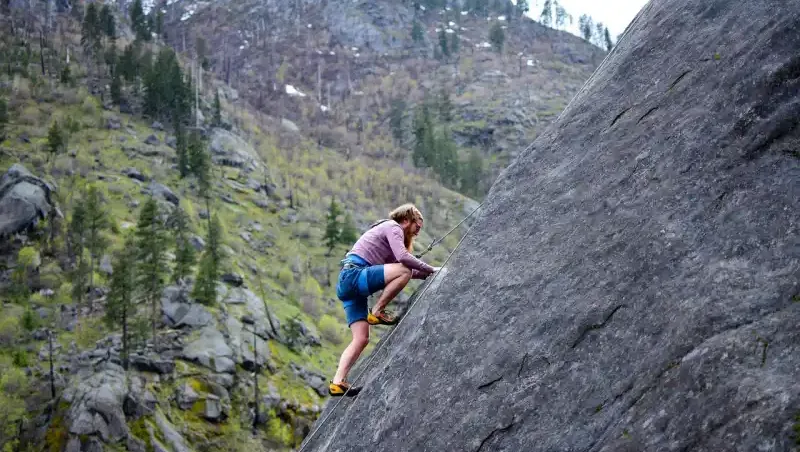
Climbing Kilimanjaro requires a good level of physical fitness and mental resilience.
- Physical Training: Engage in regular aerobic exercise, such as hiking, running, or cycling. Strength training is also important for building leg and core strength.
- Mental Preparation: Visualize yourself reaching the summit and focus on your goals. Practice positive thinking and develop coping strategies for dealing with challenges.
- Consult Your Doctor: Get a checkup and discuss your plans with your doctor to ensure you are fit for the climb.
10. Accommodation Options: Hotels near Kilimanjaro
Before and after your climb, you’ll likely stay in hotels near Kilimanjaro. Moshi and Arusha are the two main towns offering a range of options, from budget-friendly guesthouses to luxurious resorts.
- Moshi: Closer to the mountain and offers a more local feel.
- Arusha: A larger city with a wider range of amenities and services.
11. Pre and Post-Climb Activities: Exploring Tanzania Safari
Extend your trip and explore the wonders of Tanzania beyond Kilimanjaro.
- Safari: Visit the Serengeti National Park, Ngorongoro Crater, or Tarangire National Park for an unforgettable wildlife experience. https://www.tanzaniatourism.go.tz/en/places-to-go/national-parks
- Zanzibar: Relax on the pristine beaches of Zanzibar, explore Stone Town, and enjoy the vibrant culture.
- Cultural Tours: Visit local villages, learn about Tanzanian traditions, and support local communities.
12. Costs and Budgeting: Planning Your Finances
The cost of climbing Kilimanjaro varies depending on the route, tour operator, and level of service.
- Permits: Around $800 – $1000.
- Tour Operator Fees: $1500 – $6000 (depending on the route and inclusions).
- Flights: Variable, depending on your origin and time of year.
- Accommodation: $50 – $500 per night (depending on the hotel).
- Tips: Budget for tipping your guides and porters (around 10-15% of the tour cost).
- Personal Expenses: Allow for spending money on souvenirs, drinks, and other personal items.
13. Safety Considerations: Health, Altitude, and Emergency Procedures
Your safety is paramount. Heed these precautions:
- Altitude Sickness: Monitor yourself and your fellow climbers for symptoms.
- Weather Conditions: Be prepared for unpredictable weather changes.
- Wildlife: Be aware of potential wildlife encounters and follow your guide’s instructions.
- Emergency Procedures: Know the emergency procedures and evacuation plan.
- Health Precautions: Consult your doctor about necessary vaccinations and malaria prevention.
14. Mount Kilimanjaro: Facts and Information
Here are some interesting facts about Mount Kilimanjaro:
- Height: 5,895 meters (19,341 feet) above sea level.
- Location: Tanzania, East Africa.
- Formation: A dormant stratovolcano composed of three volcanic cones: Kibo, Mawenzi, and Shira.
- Ecosystems: Supports five distinct climate zones: Cultivated Land, Rainforest, Heath, Alpine Desert, and Arctic Summit.
- First Ascent: Credited to Hans Meyer and Ludwig Purtscheller in 1889.
- World Heritage Site: Designated by UNESCO in 1987.
15. Reflecting on an Unforgettable Journey: More Than Just a Climb
Climbing Kilimanjaro Unforgettable Adventure is not just a physical challenge; it’s a transformative experience that will stay with you long after you descend the mountain. The memories of the stunning landscapes, the camaraderie with your fellow climbers, and the sense of accomplishment will stay with you forever. It’s an investment in yourself that will yield dividends in terms of personal growth, resilience, and a deeper appreciation for the natural world.
Pros:
- Unforgettable scenery and a sense of accomplishment
- Opportunity for personal growth and self-discovery
- Exposure to a unique culture and environment
Cons:
- Challenging physical demands
- Risk of altitude sickness
- Can be expensive
16. Frequently Asked Questions (FAQ)
References:
- Kilimanjaro National Park: https://www.tanzaniaparks.go.tz/
- Kilimanjaro Experts: https://www.kilimanjaro.com/
- Tanzania Tourism Board: https://www.tanzaniatourism.go.tz/
